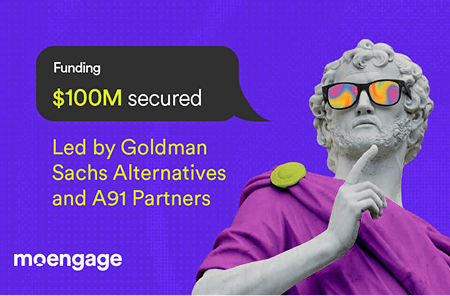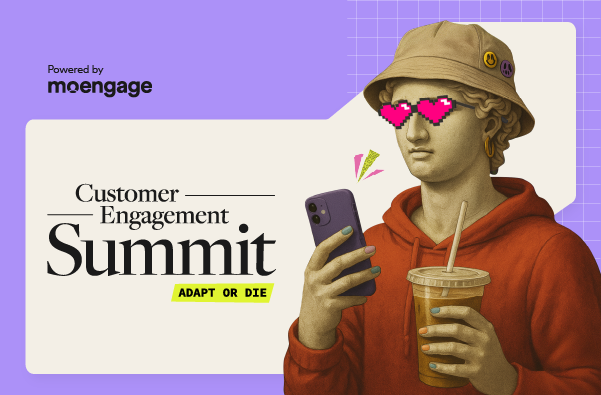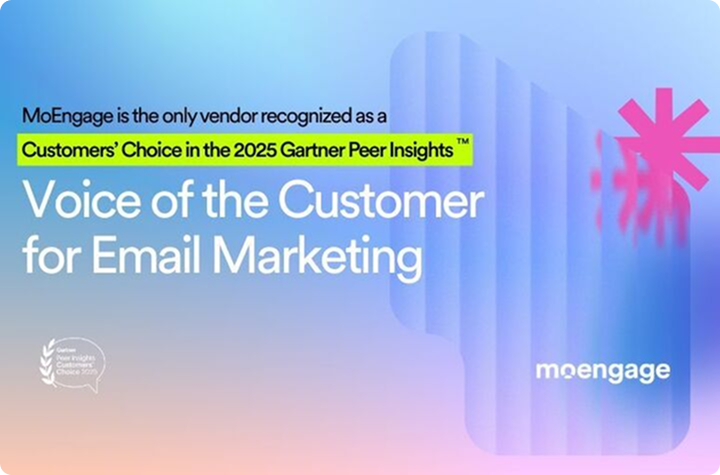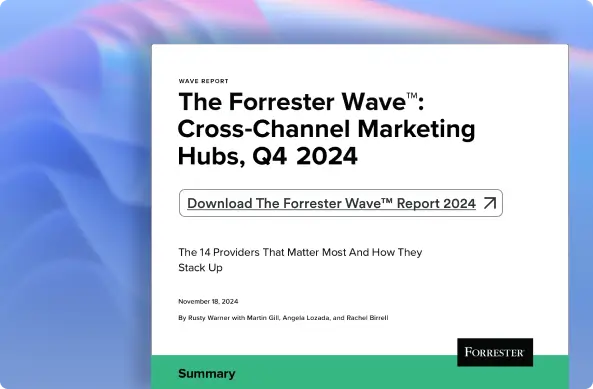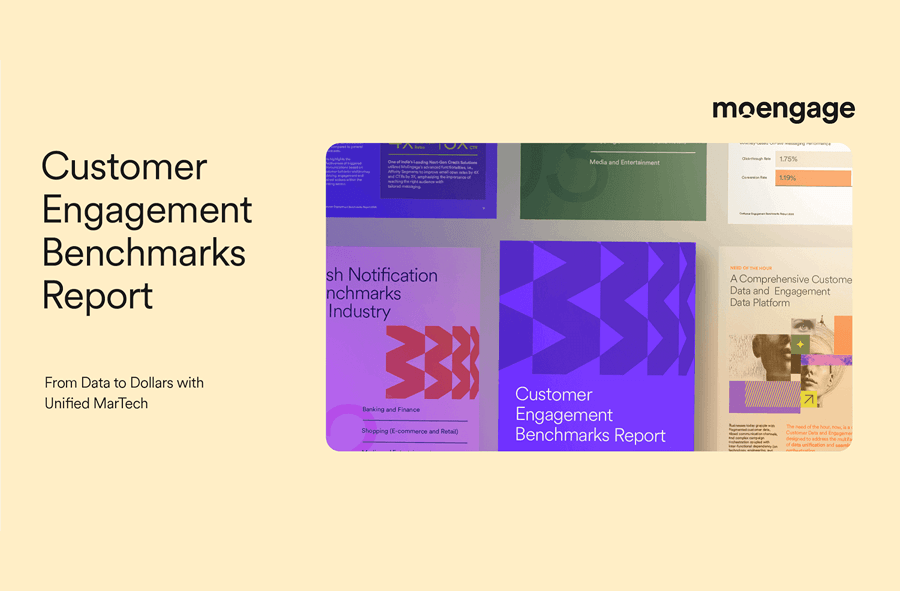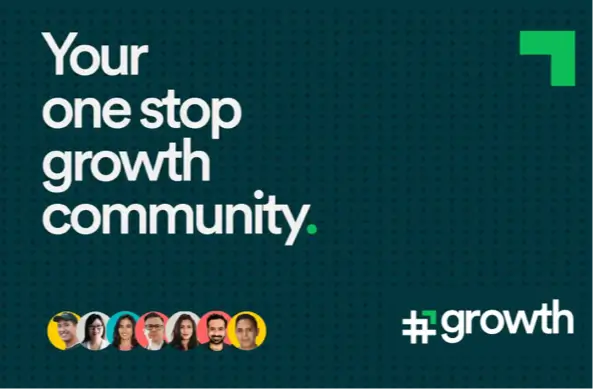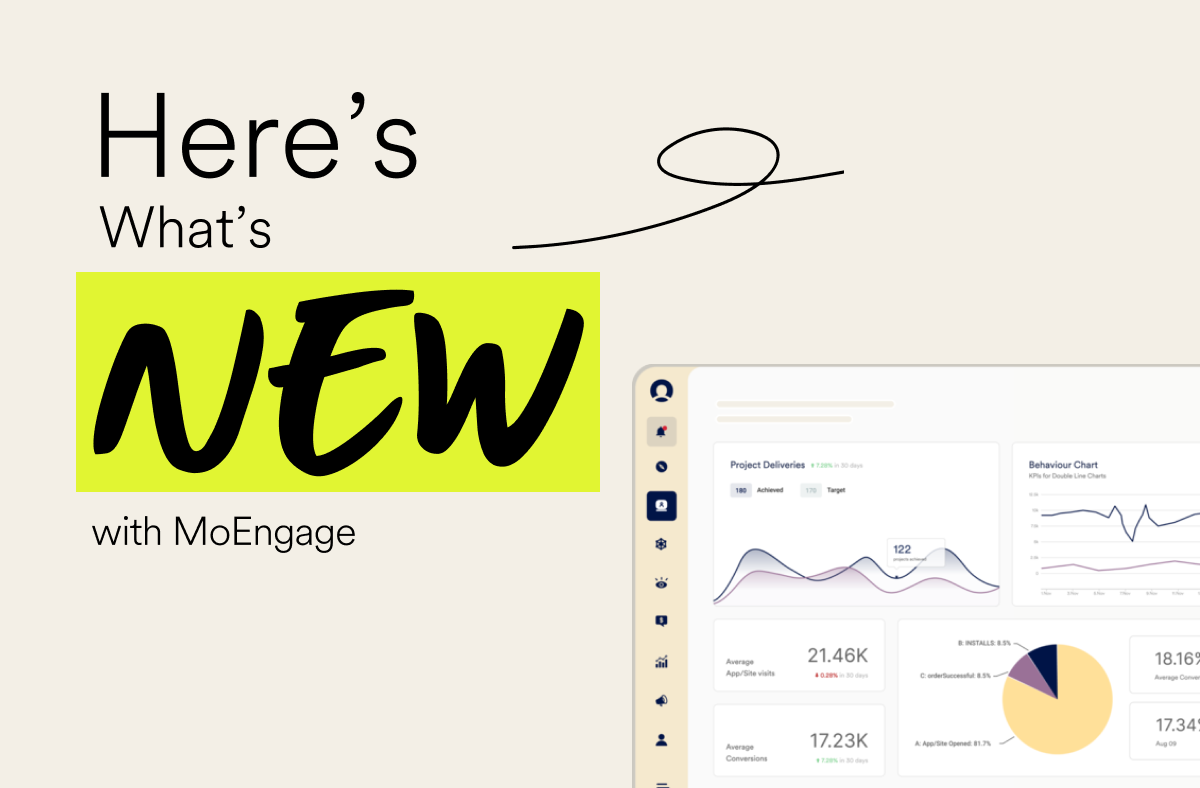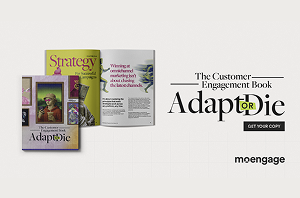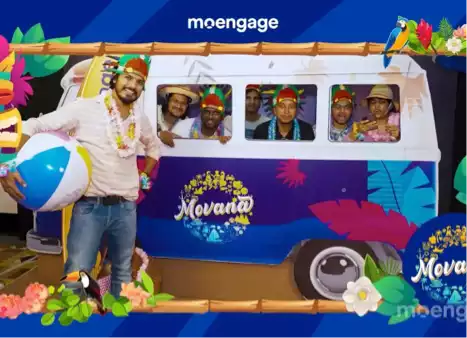How SoundCloud, Loblaw, and Foxwoods Are Winning Customer Engagement
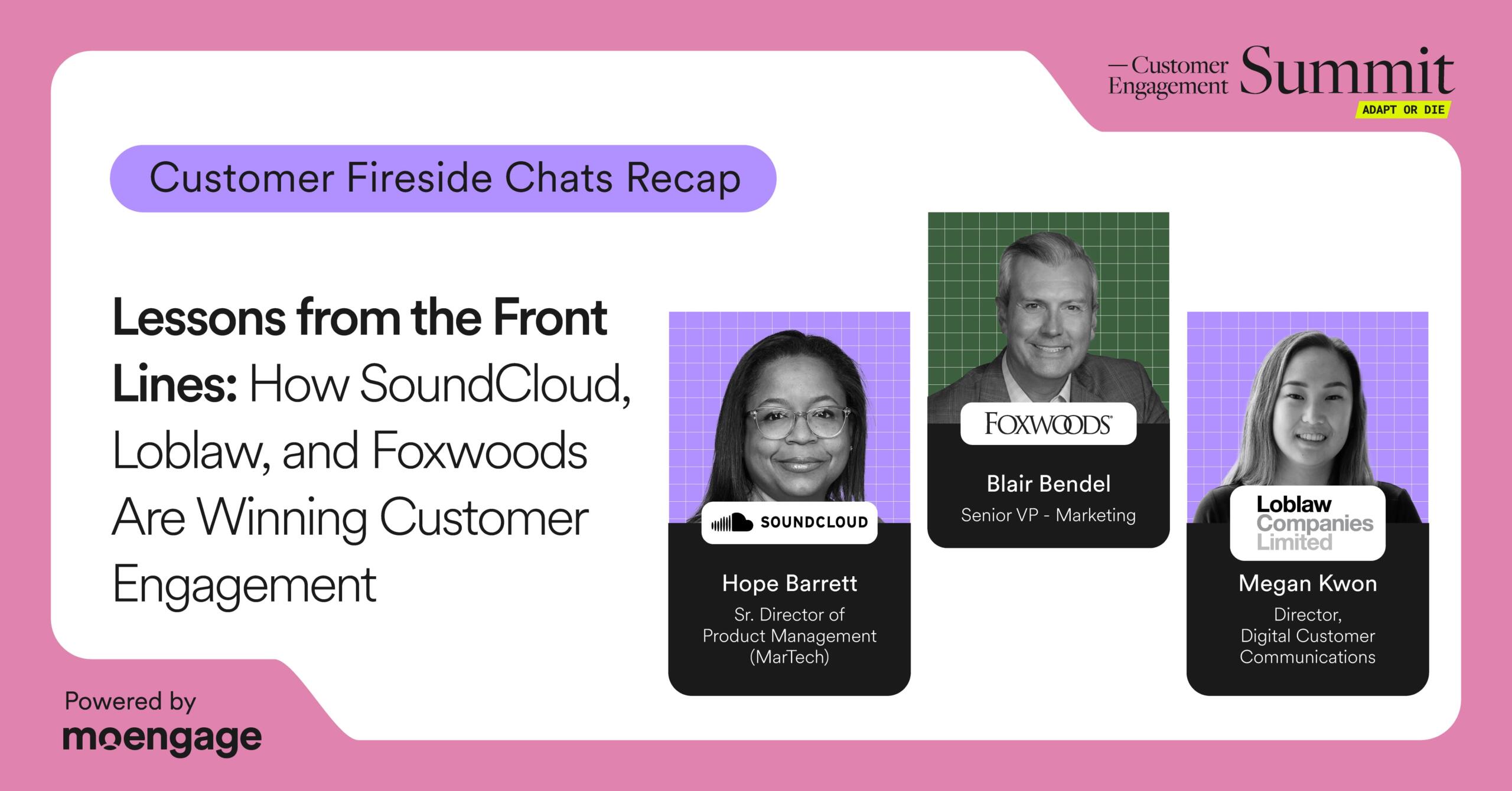
Reading Time: 6 minutes
As customer expectations continue to evolve, today’s brands face a crucial choice: adapt or die. This was the resounding theme at MoEngage’s recent event, The Customer Engagement Summit: Adapt or Die, in NYC.
During a series of candid fireside chats, industry leaders like Megan Kwon from Loblaw, Hope Barrett from SoundCloud, and Blair Bendel from Foxwoods Resort Casino shared an inside look at how they are tackling this challenge.
They discussed the significant changes they’ve made to their customer engagement strategies, the lessons they’ve learned, and the tangible results they’ve seen by focusing on a fundamental shift in mindset, data, and technology.
Below are some of the key takeaways and nuggets of wisdom they shared.
6 Key Takeaways from MoEngage Customers:
Takeaway #1: Plan Around the Customer, Not the Org. Chart
The first step in the “adapt or die” playbook is to dismantle internal silos. All three brands, despite their immense scale and complexity, recognized that their siloed organizational structures were holding them back.
One of our biggest challenges is that a guest can get four different communications, separate for a single visit to the concert, dinner, spa, and hotel. That’s just not a well-curated guest experience. So the question was, how do we really optimize this? Perhaps, with a platform that can help to consolidate all channels, such as email, SMS, web, and app. — Blair Bendel, Senior VP – Marketing, Foxwoods Resort Casino
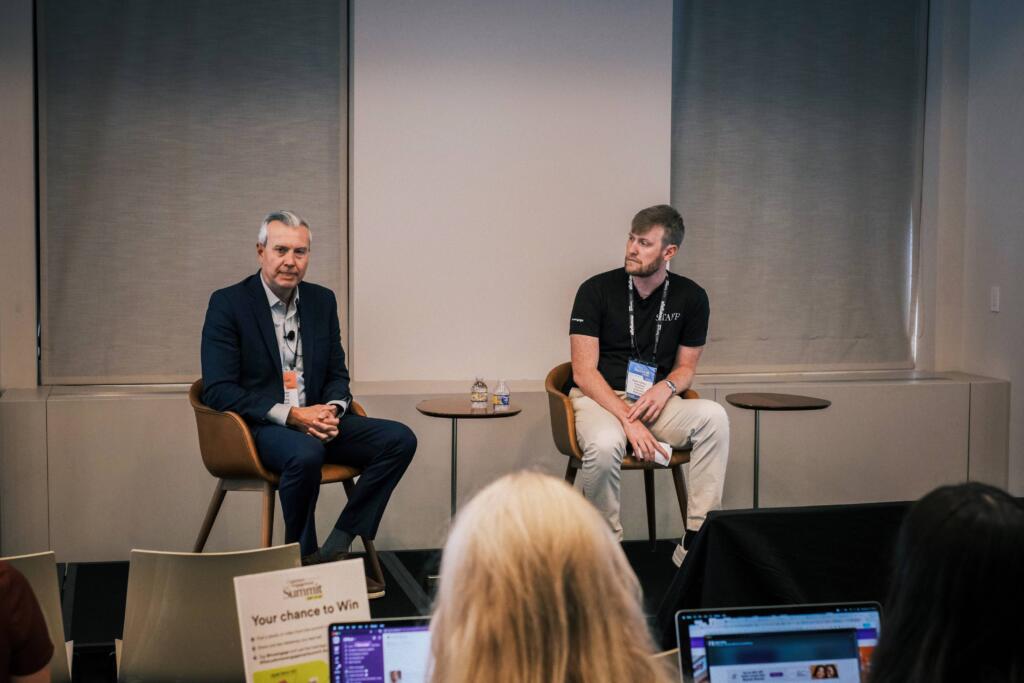
Loblaw, with its 45 brands, and Foxwoods, with its sprawling on-property operations, mentioned that an initially fragmented approach had led to a disjointed and frustrating customer experience. Their solution was to adapt by restructuring teams, strategies, and technology around the customer, instead of the brand, which helped them address these challenges.
We’ve reorganized ourselves to be much more focused on the customer lifecycle. This has allowed us to be much more proactive and strategic in our approach. — Megan Kwon, Director – Digital Customer Communications, Loblaw Companies Limited
Takeaway #2: The Path to Success Starts with Clean Data
To truly compete in today’s market, a brand must have a clear view of its customers, and that starts with its data. The speakers made it clear that survival is impossible on outdated, siloed, or unreliable data. As Megan Loblaw stated, investing in a clean data foundation is critical to fueling any strategy.
Invest a lot upstream in the data that fuels your strategies. If that data’s not clean, if it’s not sound and synthesized and unified, that makes bringing those strategies a lot more difficult. — Megan Kwon, Director – Digital Customer Communications, Loblaw Companies Limited
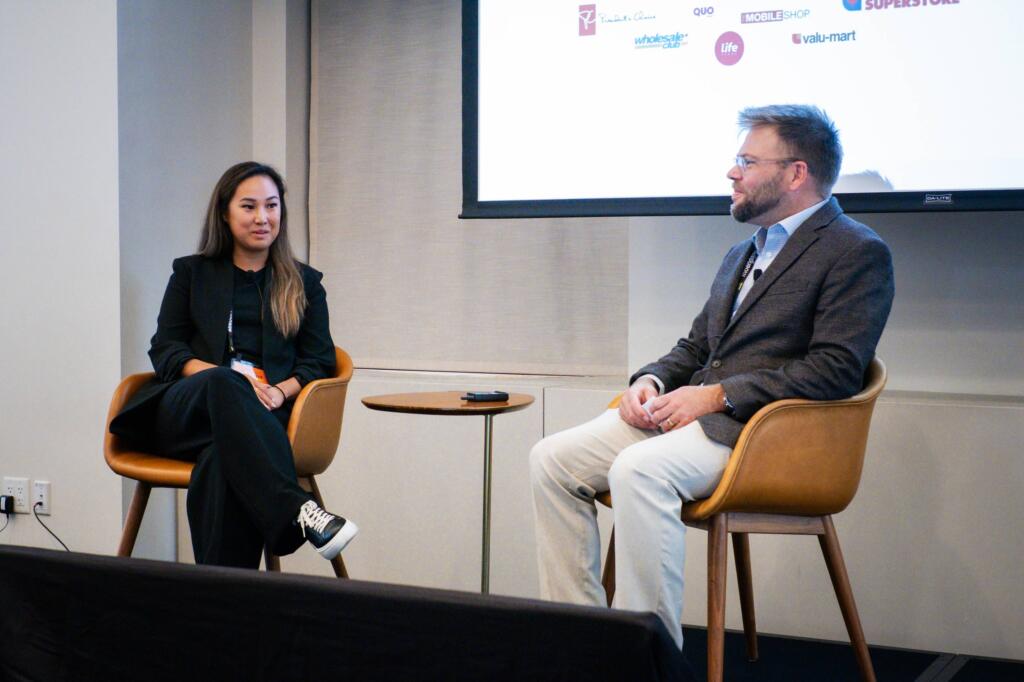
This reality also forced SoundCloud to make a radical decision: they migrated their entire Martech stack to MoEngage because of a fundamental data problem.
They recognized the need to overhaul their data infrastructure before they could innovate. This foundational work paid off, enabling them to achieve significant increases in customer engagement and personalization, tripling their annual email volume from 1.5 billion to 4.5 billion, all while maintaining steady unsubscribe rates.
[Before switching our tech stack] I couldn’t tell you how many emails we sent…I couldn’t even tell you if an email actually got to where it was supposed to be. And it was hard to sort of troubleshoot what actually was going on. — Hope Barrett, Sr. Direct Product Management (MarTech), SoundCloud
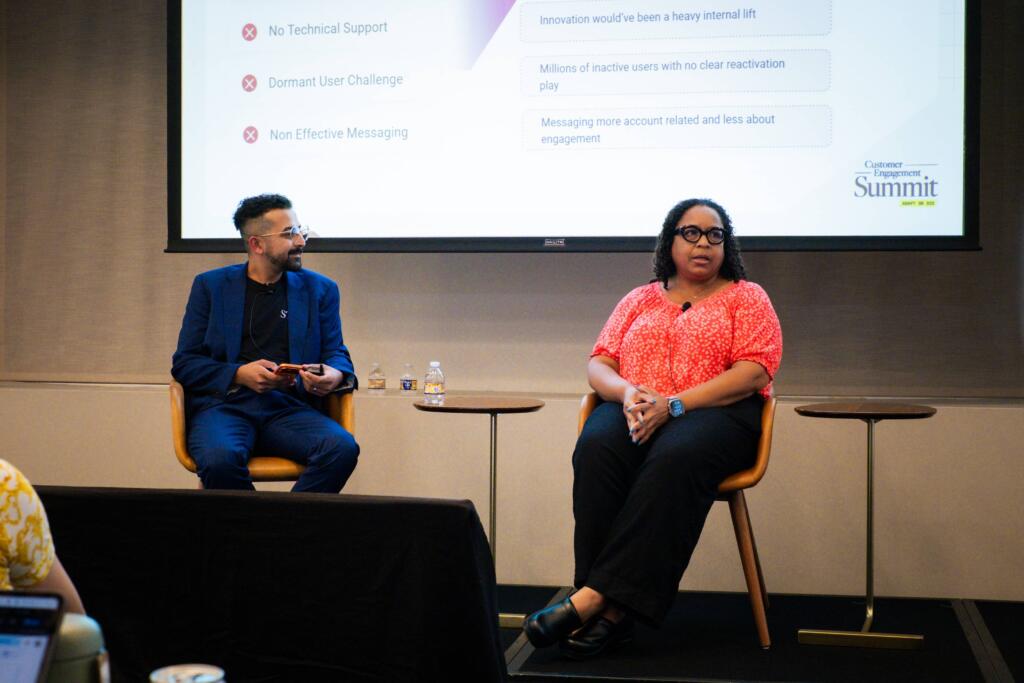
Takeaway #3: Create High-Stakes Moments with Transactional Messaging
In the race to innovate, brands often overlook the foundational elements of customer communication. Yet, all three speakers at the summit unanimously agreed that transactional messages are a critical component of adapting to modern consumer expectations. They are far more than simple operational updates; they are “high-stakes moments” that build or erode customer trust with every interaction.
For a brand as vast as Loblaw, for example, a delayed or inaccurate pharmacy notification can cause immediate customer backlash, while a seamless, instant update reinforces reliability and trust.
Transactional, especially for our digital experiences, is basically the foundation of everything that we do. When those notifications are even a little bit delayed, our customers are very vocal about that. — Megan Kwon, Director – Digital Customer Communications, Loblaw Companies Limited
By treating such messages as a strategic lever and leveraging a tool like MoEngage Inform, these brands are turning a once-mundane function into a powerful tool for customer loyalty and retention.
Takeaway #4: Use Real-Time Engagement as a Competitive Differentiator
In a world of instant gratification, delayed communication is a death sentence. The most successful brands are those that can adapt to the speed of their customers’ lives, and the speakers highlighted the power of real-time signals to create impactful moments.
Blair explained how a platform like MoEngage is helping them capitalize on these high-value opportunities across their massive, 9 million-square-foot property.
The opportunities to engage guests in real time are, are significant. If they had a jackpot and they’re a high-valued guest, to be able to instantly send them a push notification is incredibly powerful. — Blair Bendel, Senior VP – Marketing, Foxwoods Resort Casino
This ability to instantly engage customers in their moment of highest excitement is what builds emotional loyalty and drives repeat visits. This agile approach has already proven successful for Foxwoods, which experienced a 500-basis-point lift in email open rates within months of migrating to MoEngage.
Takeaway #5: Leverage AI to Amplify the Human Experience, Not Replace it
Instead of seeing AI as a replacement for human creativity, these brands leverage it as a powerful tool to enhance their customer experience. They use AI to scale personalization and free their teams from the manual, time-consuming work of execution. By automating routine tasks, their teams can focus on strategic thinking, campaign design, and creating unique, human-centric experiences.
Blair emphasized this point, explaining that in an industry still behind in AI adoption, he sees it as a significant competitive advantage.
I see [AI] very complementary to what we’re currently doing. And it will enhance it as well. We have large buckets of segmentation, but to be able to break that down and round out that experience is gonna be a significant competitive advantage. — Blair Bendel, Senior VP – Marketing, Foxwoods Resort Casino
This mindset was echoed by Hope, whose team uses AI and data to power personalized customer journeys.
SoundCloud’s strategic use of AI has driven impressive results, with triggered email campaigns leading to an 84.42% increase in profile setups, 72.32% increase in track likes, and 45.62% increase in plays, demonstrating that AI can deliver powerful, scalable results without sacrificing the personal touch.
Takeaway #6: Adaptation is a Human-Led Endeavor: Secure Buy-In for Success
The most advanced technology is useless without the people who will champion it. The true “adapt or die” moment for these brands wasn’t just in choosing a new platform, but in ensuring their teams would embrace the change. For them, securing company-wide buy-in was the final, and most crucial, step in their journey.
Hope from SoundCloud spoke candidly about how challenging it was to get her team on board with a major migration, as they were so accustomed to their existing systems.
She overcame this by making the process a human-led, collaborative effort. Her team used a structured, data-led RFP with over 200 questions to make decisions objectively and to bring all stakeholders along for the journey.
When we potentially had a conflict where someone felt passionate about something, we said…well, let’s look at the data instead of having emotion play a role. So we had to actually solve [any blockers] with the [help of] data. — Hope Barrett, Sr. Direct Product Management (MarTech), SoundCloud
Blair shared a similar sentiment, noting that his “aha moment” was when even his IT lead, who was typically wary of new marketing integrations, became genuinely excited about the migration project. This human element is the final piece that makes survival possible in a rapidly changing market.
The Only Constant is Change: A Concluding Thought
The stories from Loblaw, SoundCloud, and Foxwoods are a powerful reminder that customer engagement isn’t a static function; it’s a continuous process of adaptation. It requires a willingness to challenge the status quo, to invest in foundational data, and to embrace technology that empowers (rather than replaces) human intelligence.
As these brands continue their journeys, their success will serve as a testament to the idea that, in today’s rapidly changing market, the ability to adapt is not just a strategic advantage; it is a fundamental requirement for survival.
Want to dive deeper into these incredible stories? Watch the full sessions from The Customer Engagement Summit: Adapt or Die, on demand.

